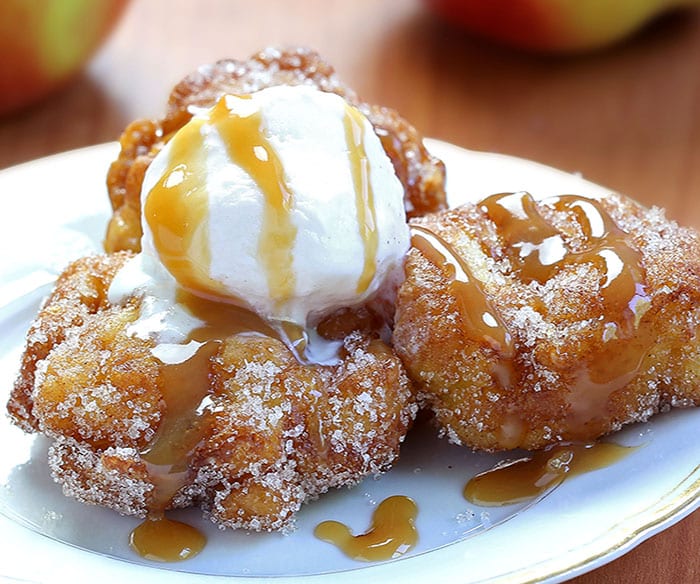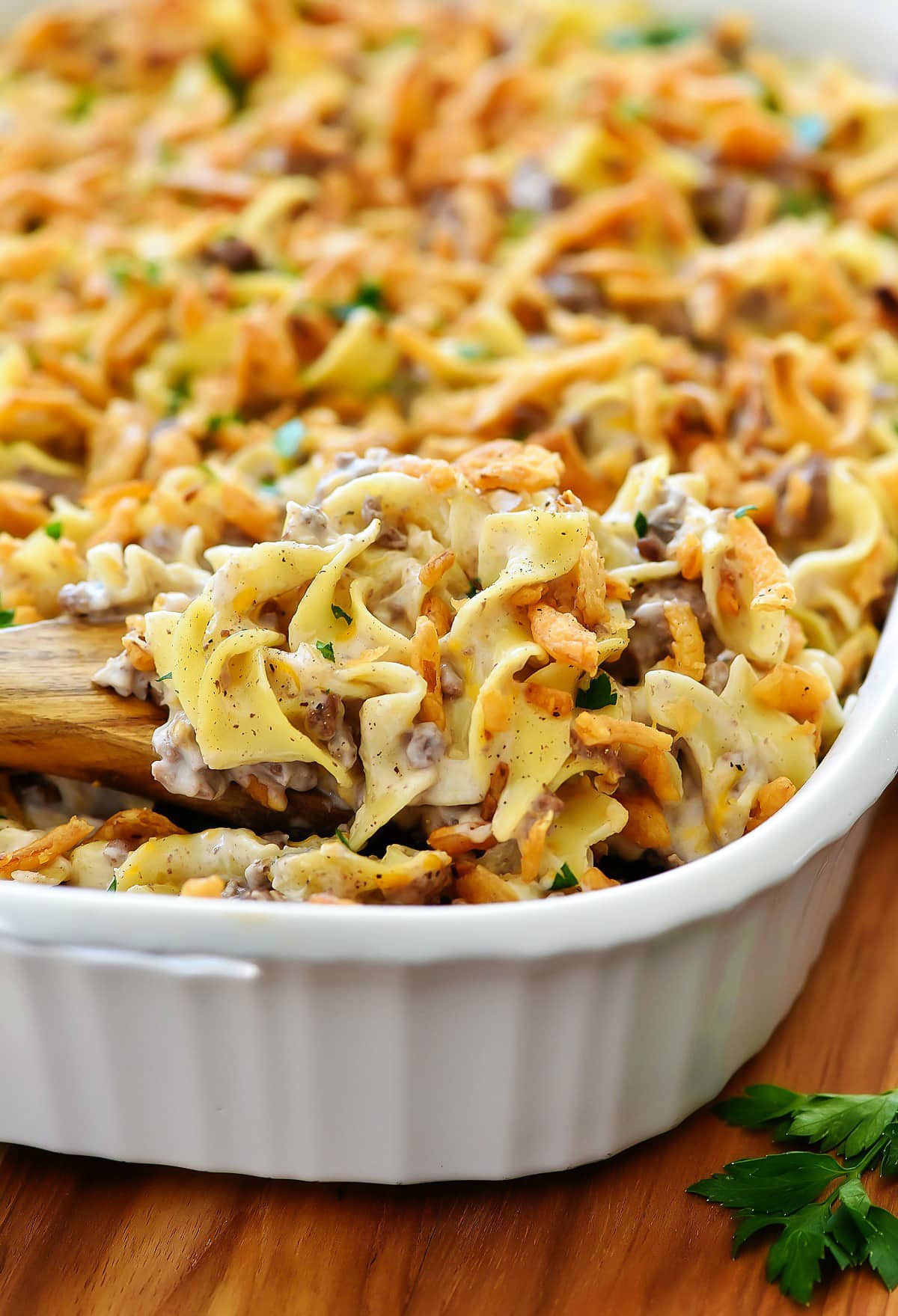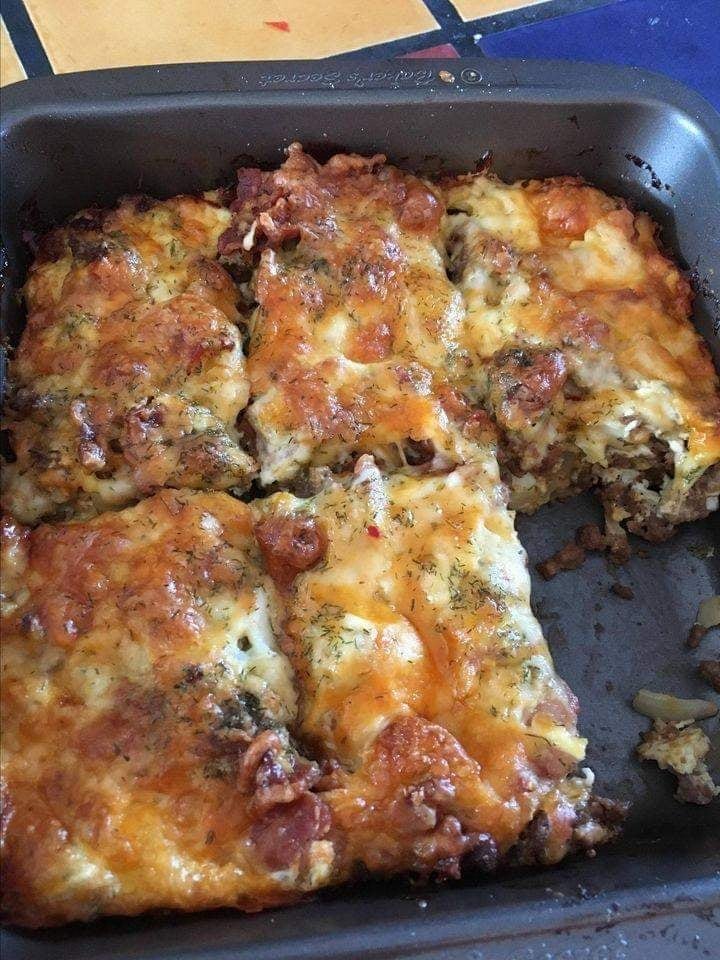The Birth of the Bundt Cake
The Bundt cake, a staple in many American households, has a rich and fascinating history. The term “Bundt” derives from the German word “Bund,” which means “a gathering of people.” The Bundt cake was traditionally baked for gatherings and special occasions, symbolizing unity and fellowship.
The Bundt cake’s unique design, with its distinctive ring shape, is believed to have been inspired by a traditional European fruit cake known as Gugelhupf. Jewish immigrants from Germany brought the Gugelhupf to the United States in the late 19th century. However, it wasn’t until the 1950s that the Bundt cake as we know it today was born, thanks to H. David Dalquist, the founder of Nordic Ware, who designed the first Bundt pan.
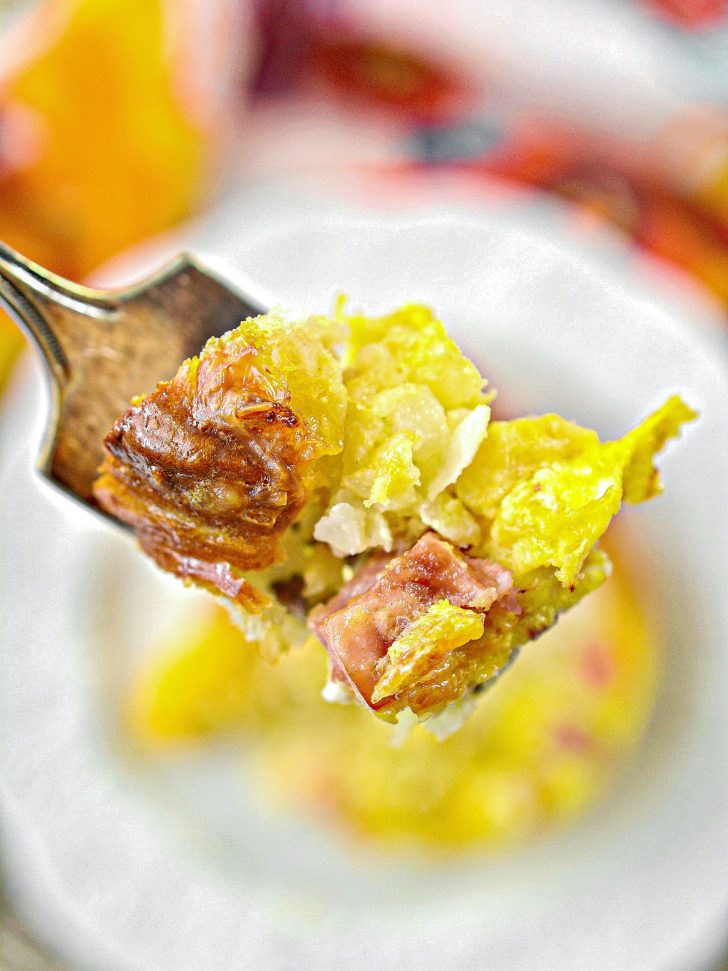
The Bundt Cake Revolution
The Bundt cake gained nationwide popularity in the United States after a Bundt cake won second place in the 1966 Pillsbury Bake-Off Contest. Since then, the Bundt cake has become an American classic, with countless variations and flavors, from the traditional lemon and chocolate to the more adventurous pumpkin and red velvet.
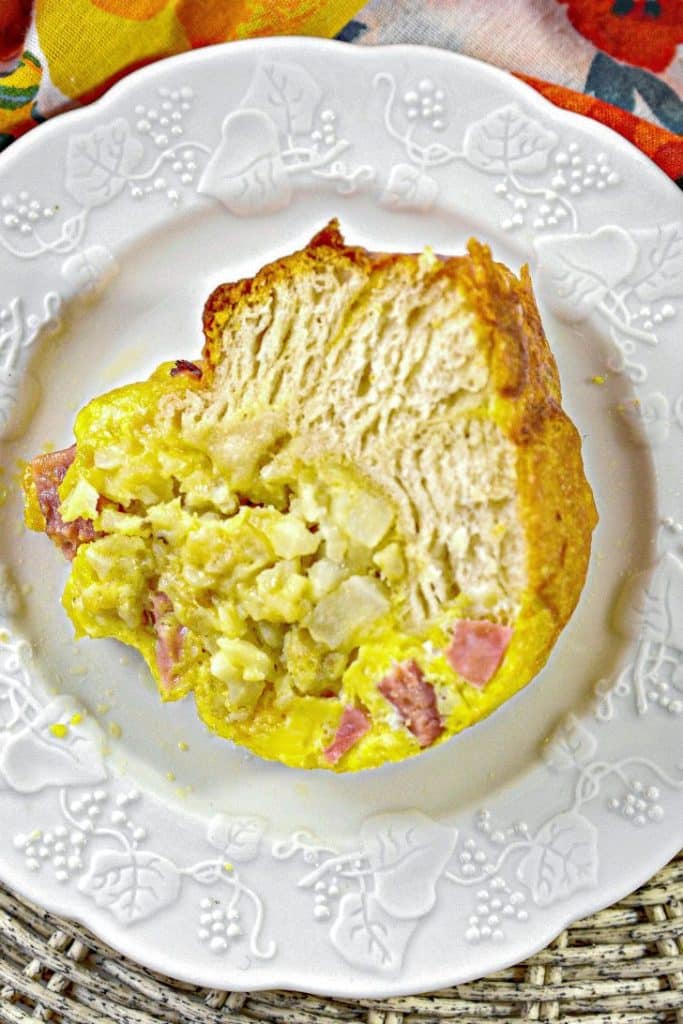
The Bundt Cake Breakfast: A Modern Twist
The Bundt cake breakfast is a modern twist on the classic Bundt cake, transforming it from a sweet dessert into a savory breakfast dish. This innovative recipe incorporates ingredients typically found in a hearty breakfast, such as ham, eggs, and cheese, baked into a delicious Bundt cake.

Regional Variations
Just as the Bundt cake has countless flavors, the Bundt cake breakfast also has numerous variations. In the Southern United States, for example, it’s common to add ingredients like sausage, grits, and green chilies. In the Midwest, you might find versions with bacon, hash browns, and cheddar cheese. And in coastal areas, seafood like crab or shrimp might make an appearance.
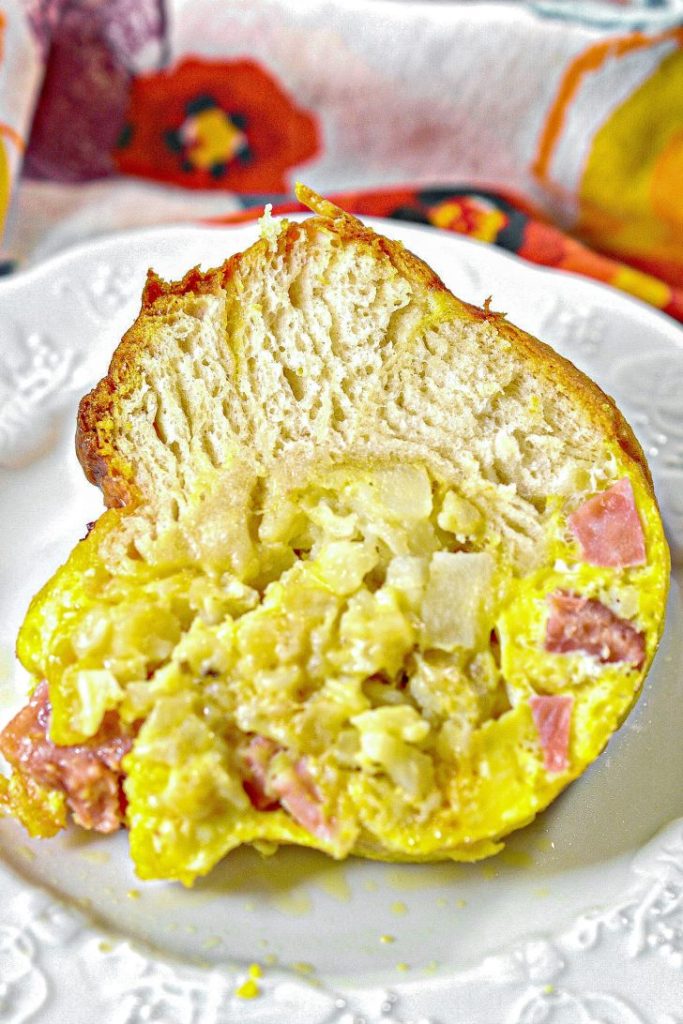
Health Benefits and Nutritional Value
While the Bundt cake breakfast is undoubtedly a comfort food, it also has several health benefits. Eggs, a key ingredient, are a great source of high-quality protein and essential vitamins and minerals. Ham provides a good amount of protein and iron, while cheese contributes calcium and vitamin D.
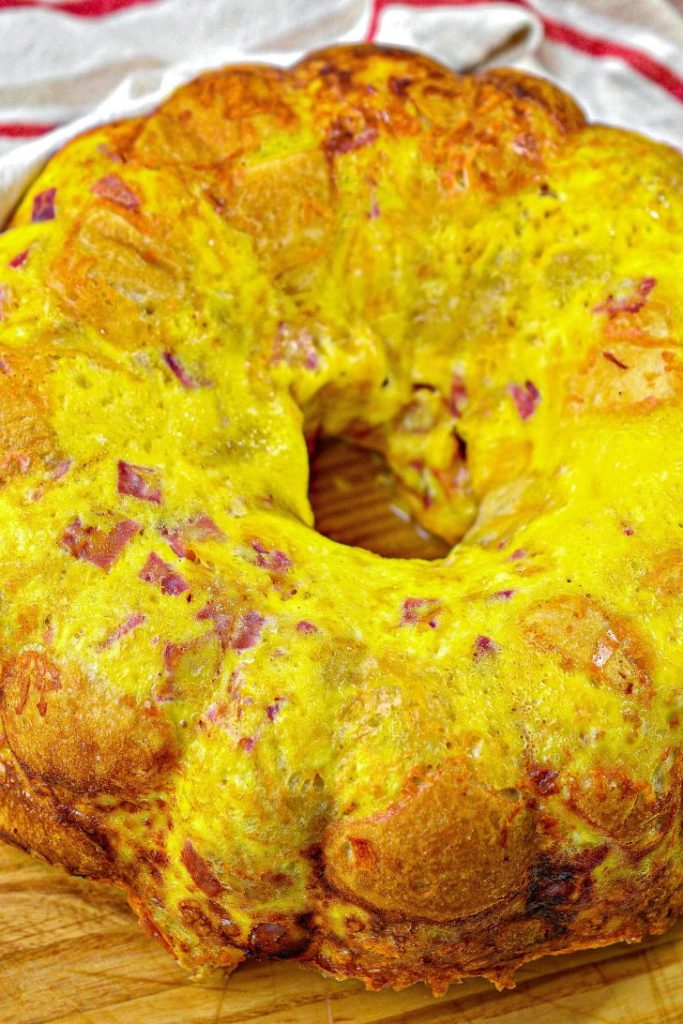
The Recipe: Bundt Cake Breakfast
Now, let’s dive into the recipe. Here’s what you’ll need:
- 1 cup diced Ham
- 2 cups frozen tater tots
- 1 dozen whisked eggs
- 1 can (8) Pilsbury Grands biscuits, diced up (raw)
- 2 cups Cheese (your choice, I used Cheddar)
- 1/4 cup milk
Step-by-Step Instructions
- Preheat your oven to 400 degrees.
- Mix all the ingredients together in a large bowl.
- Grease a Bundt pan and pour the mixture into it.
- Bake for 45 minutes.
- Once done, flip the Bundt cake onto a platter, cut into slices, and serve.
Presentation Tips and Ingredient Substitutions
For a beautiful presentation, garnish your Bundt cake breakfast with fresh herbs like parsley or chives. If you can’t find Pilsbury Grands biscuits, you can substitute with any other type of biscuit dough. Feel free to get creative with the ingredients, substituting the ham with other meats or adding in your favorite veggies.
Personal Reflections
The Bundt cake breakfast is a dish that brings back fond memories of family gatherings and lazy Sunday brunches. It’s a dish that’s as versatile as it is delicious, and I love experimenting with different ingredients and flavors.
I encourage you to try making this Bundt cake breakfast at home and to share your own stories and variations. After all, the best part of cooking is the creativity and personal touch that each cook brings to their dishes. Happy cooking!


